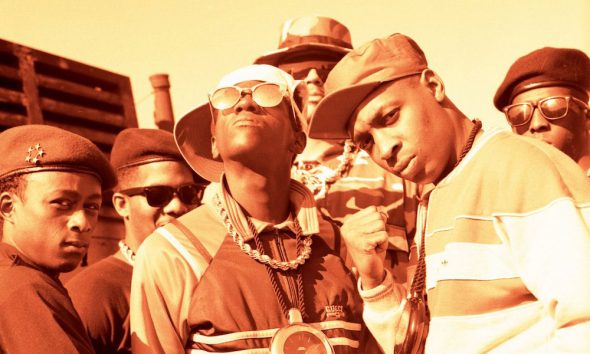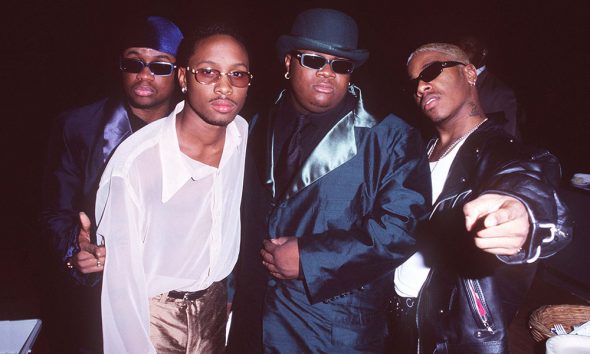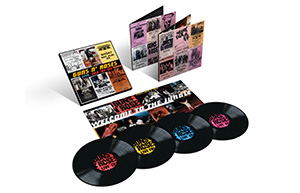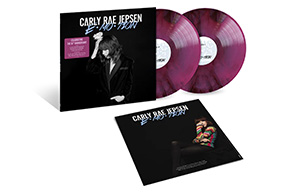‘In The Wee Small Hours’: Frank Sinatra’s Concept Album Masterpiece
The album showed how timeless emotion could be transformed into timeless sound.
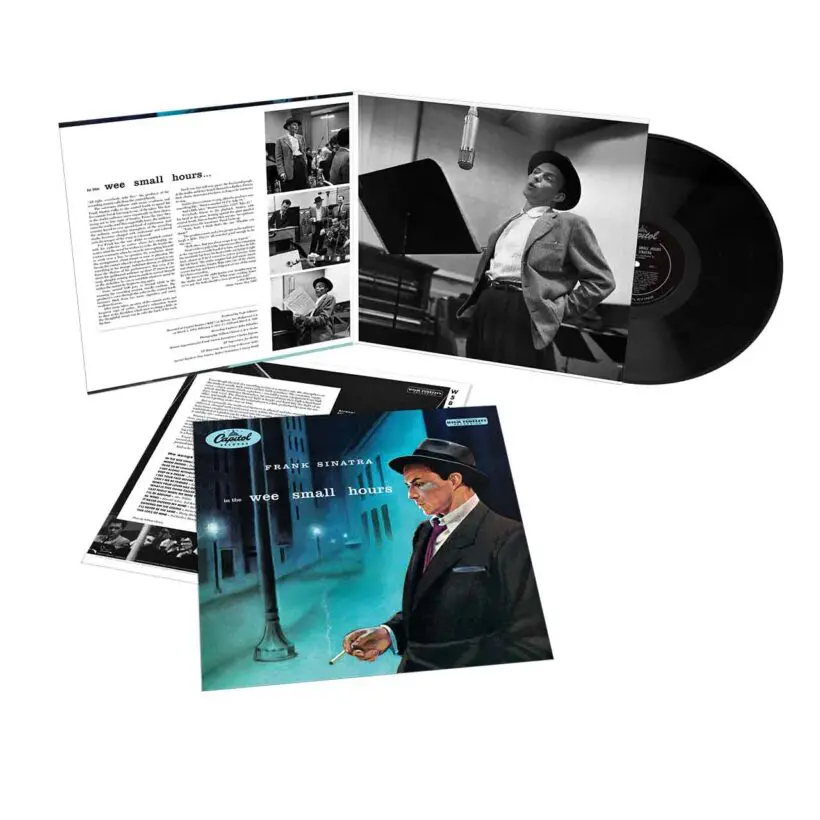
One of the most significant concept albums that Frank Sinatra recorded during his lifetime was In The Wee Small Hours, first released in 1955. Widely recognized as a classic by critics and the public alike, it often figures in best album lists and has inspired artists as diverse as Tom Waits, Marvin Gaye, Elvis Costello, and B.B. King. The record helped popularize the 12-inch vinyl LP, but more importantly, showed that pop albums didn’t have to be a collection of unrelated singles. Instead, a group of songs could be sequenced thematically to form a coherent narrative and tell a story — and in the case of In The Wee Small Hours, that story was about heartbreak and lost love.
A new chapter in Sinatra’s career had begun in 1953, when Capitol Records’ young vice president, Alan Livingston, signed him to a seven-year contract. Some executives questioned the move, but Livingston’s instincts proved correct. “I only know talent,” he said. “And Frank Sinatra is the best singer in the world. There’s nobody who can touch him.”
A key figure in Sinatra’s creative resurgence was arranger Nelson Riddle, who collaborated with him on his first two Capitol albums, Songs For Young Lovers and Swing Easy! Their partnership quickly brought a renewed sense of energy and sophistication to Sinatra’s music.
Choosing sixteen reflective ballads drawn largely from the Great American Songbook, Sinatra began recording In The Wee Small Hours with Riddle in early 1955. He poured deep feeling into every performance, striving for a sense of spontaneity and intimacy. “I want the songs to sound unrehearsed,” he reportedly told Riddle, aiming for a natural, conversational quality that perfectly suited the album’s late-night mood.
Although the prevailing tone is subdued, In The Wee Small Hours is not an album of despair. It’s a thoughtful meditation on love, longing, and the quiet moments that follow heartbreak. Sinatra brings emotional depth to songs of unrequited love (“Glad To Be Unhappy”), wistful reflection (“Mood Indigo”), and resilience (“I Get Along Very Well Without You”). The title track remains the album’s emotional centerpiece, a haunting blend of Sinatra’s wistful vocal and Riddle’s graceful orchestration.
With its iconic cover image — Sinatra alone on a lamplit street, cigarette in hand — the album was first released as a 10-inch double LP before taking full advantage of the new 12-inch format. It became one of the defining records of his career and helped solidify the LP as the preferred medium for serious pop music.
Indeed, In The Wee Small Hours marked a turning point not only for Sinatra but for popular music itself. It proved that an album could tell a cohesive story, elevating the form into an art of its own, and showing how timeless emotion could be transformed into timeless sound.
Order the Blue Note Tone Poet edition of Frank Sinatra’s In The Wee Small Hours now.








